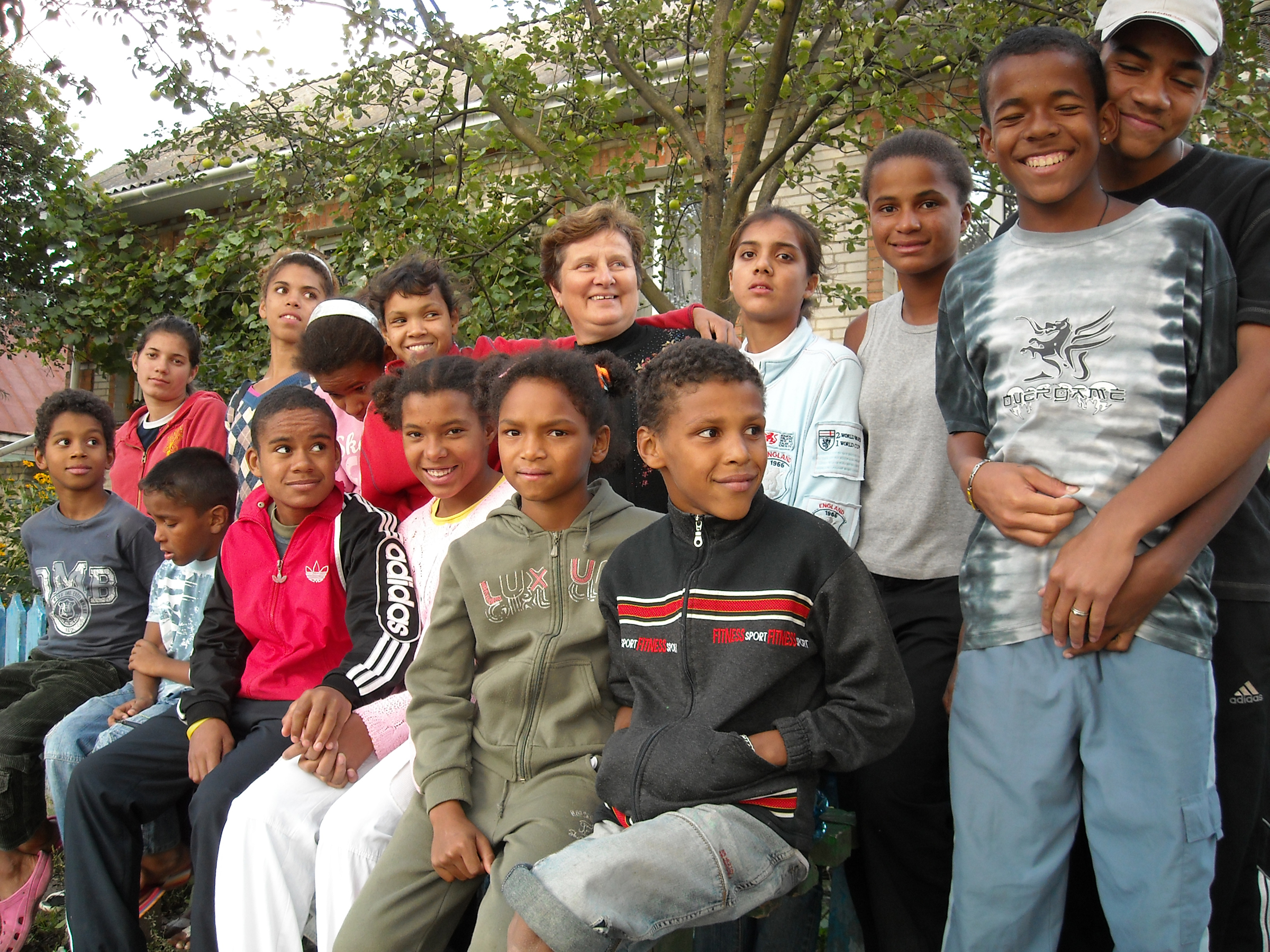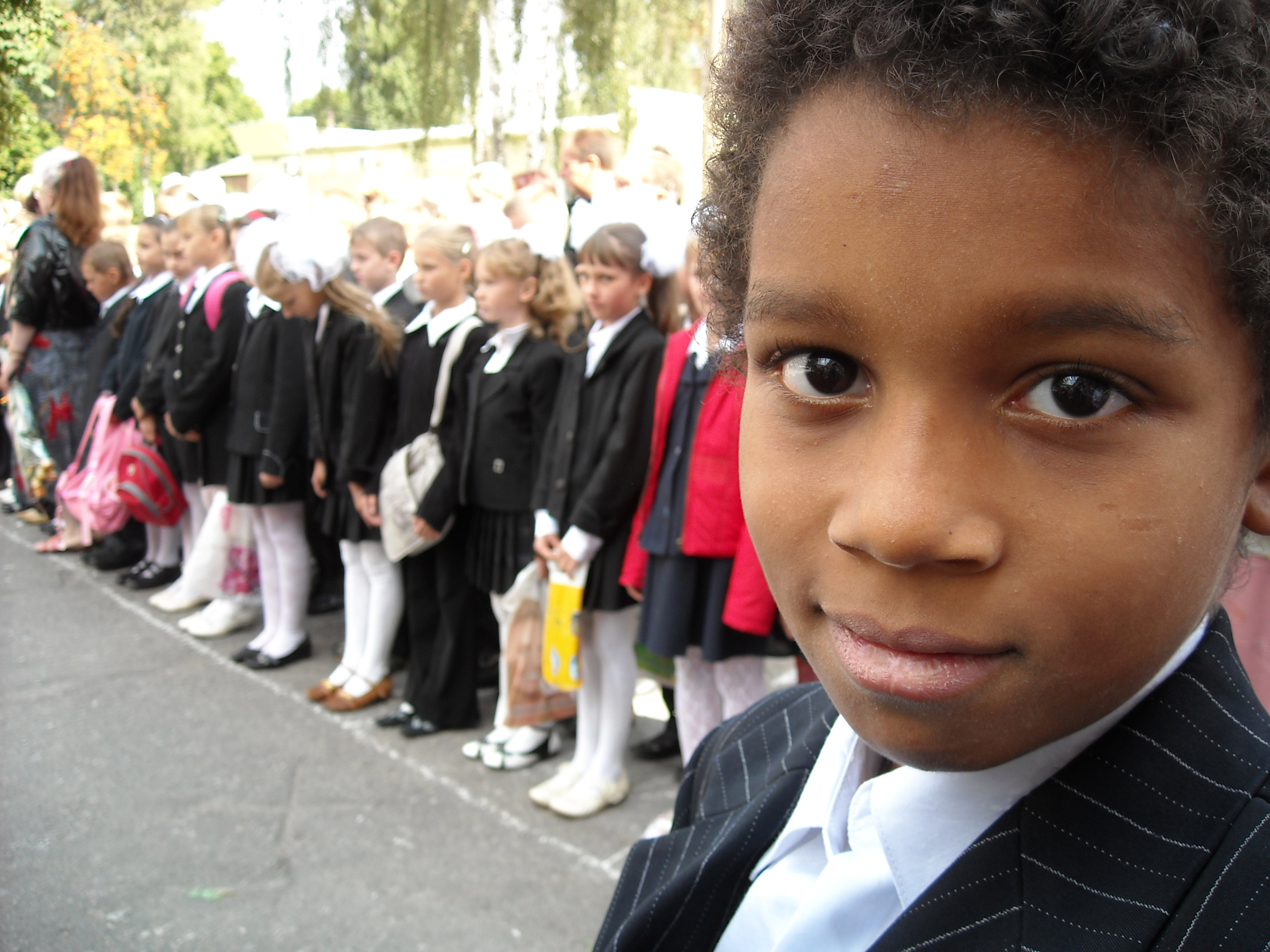Between boxesPosted in Articles, Campus Life, Media Archive, United States on 2010-12-04 21:40Z by Steven |
the Burr
Kent State University
Fall 2005
pages 50-55
Story by Jessica Rothschuh
Photo illustration by Clarissa Westmeyer
Photos by Lauren Arendt
For some multiracial students, college becomes a time to discover their heritages and shape their identities
HER DARK HAIR IS PULLED BACK IN BRAIDS, LEAVING HER FACE OPEN, TWO large, dark eyes peering out from long eyelashes. Her skin is a warm almond color. Her ethnicity is hard to put a finger on. She could pass as Hispanic or Native American.
Jalayna Nadal, freshman Latin American studies major from Edinboro, Pa., is both. Her father is black and Cherokee, and her mother is Puerto Rican and white.
Developing her multicultural identity has been a lifelong process for Nadal, and college is a time to further explore her multiple heritages, shaping her cultural identity as she learns more about herself and her roots.
For biracial and multiracial students like Nadal, college may prove both exciting and difficult. Mixed-race students in particular can experience an intense desire to discover their heritages and create their racial identities, but they also can feel pressure to define themselves. For the first time, students are searching for identities outside the environment in which they were raised, without the constant support of family…
…College is another step away from his culture, Isaacs says. “Because I’m not around my father as much, I don’t assert my Hawaiian identity as much.” Here, he hasn’t found a place he really fits in, and when he returns to Hawaii, it is hard to feel he still belongs there, either. “You’re just stuck in limbo,” Isaacs says. “You have to be kind of like a cultural chameleon in a sense.” Isaacs says he adapts his identity to those around him, and it is easy for him to blend in because he looks white.
For some biracial students, however, being a chameleon is hard. “The problem that they face saying, ‘I am biracial,’ is other people saying, ‘No, you’ve got to choose,’ ” says Angela Neal-Barnett, associate professor and research psychologist. “With biracial adolescents, you get two things happening: They choose to identify with one race or they choose to develop a biracial identity.”
For more than five years, Neal-Barnett has been studying the phenomenon of “white acting” in minority adolescents. Through her research, she has talked with biracial youth, most of whom are primarily black and white. “One’s skin color can run the gamut, and one’s hair color and texture can run the gamut. You have students who look white, but their racial identity is black or biracial,” she says. In fact, the biracial adolescents Neal-Barnett has spoken with almost always choose to identify as black or biracial. Very few identify as white…
Read the entire article here.

